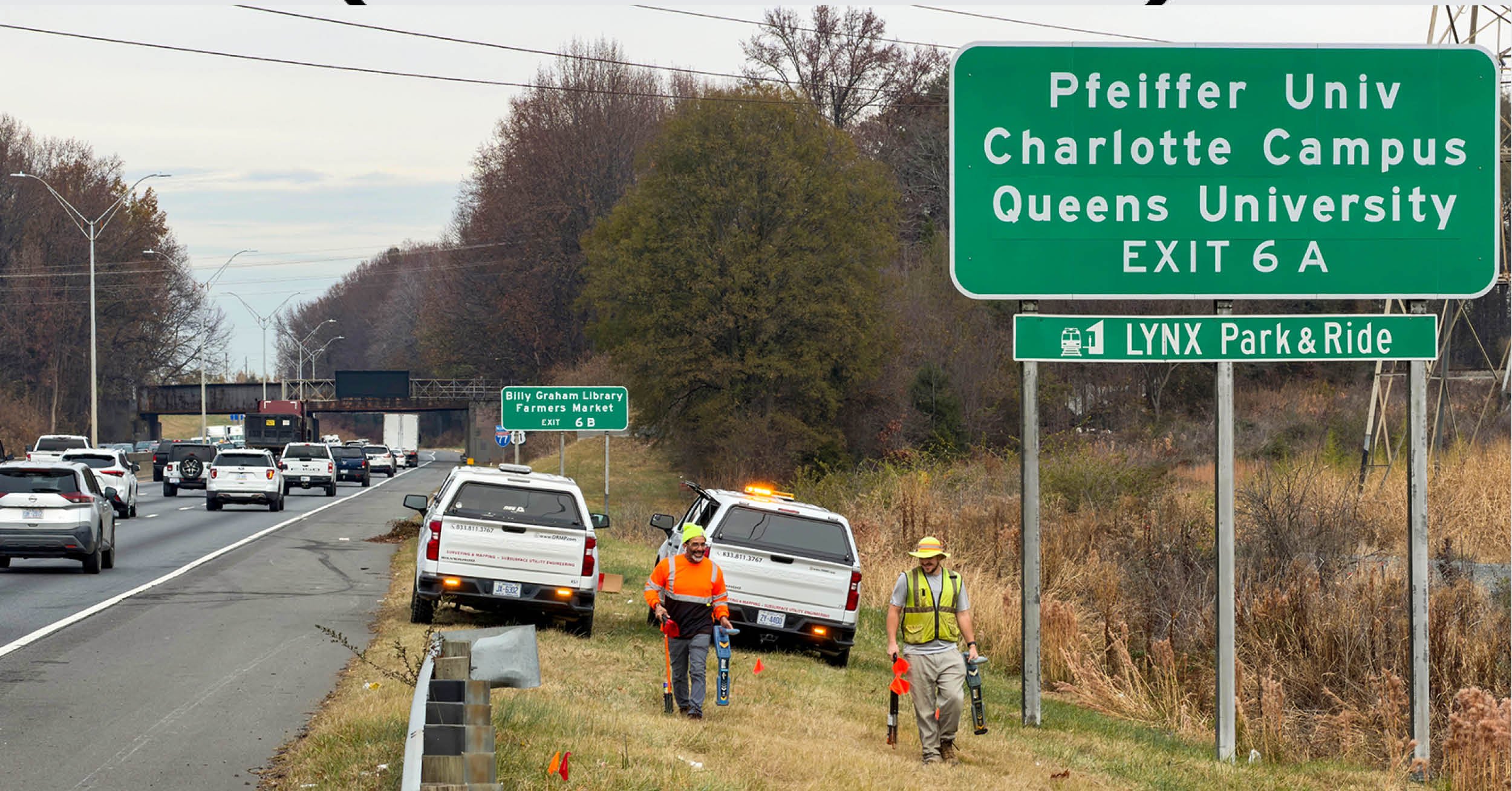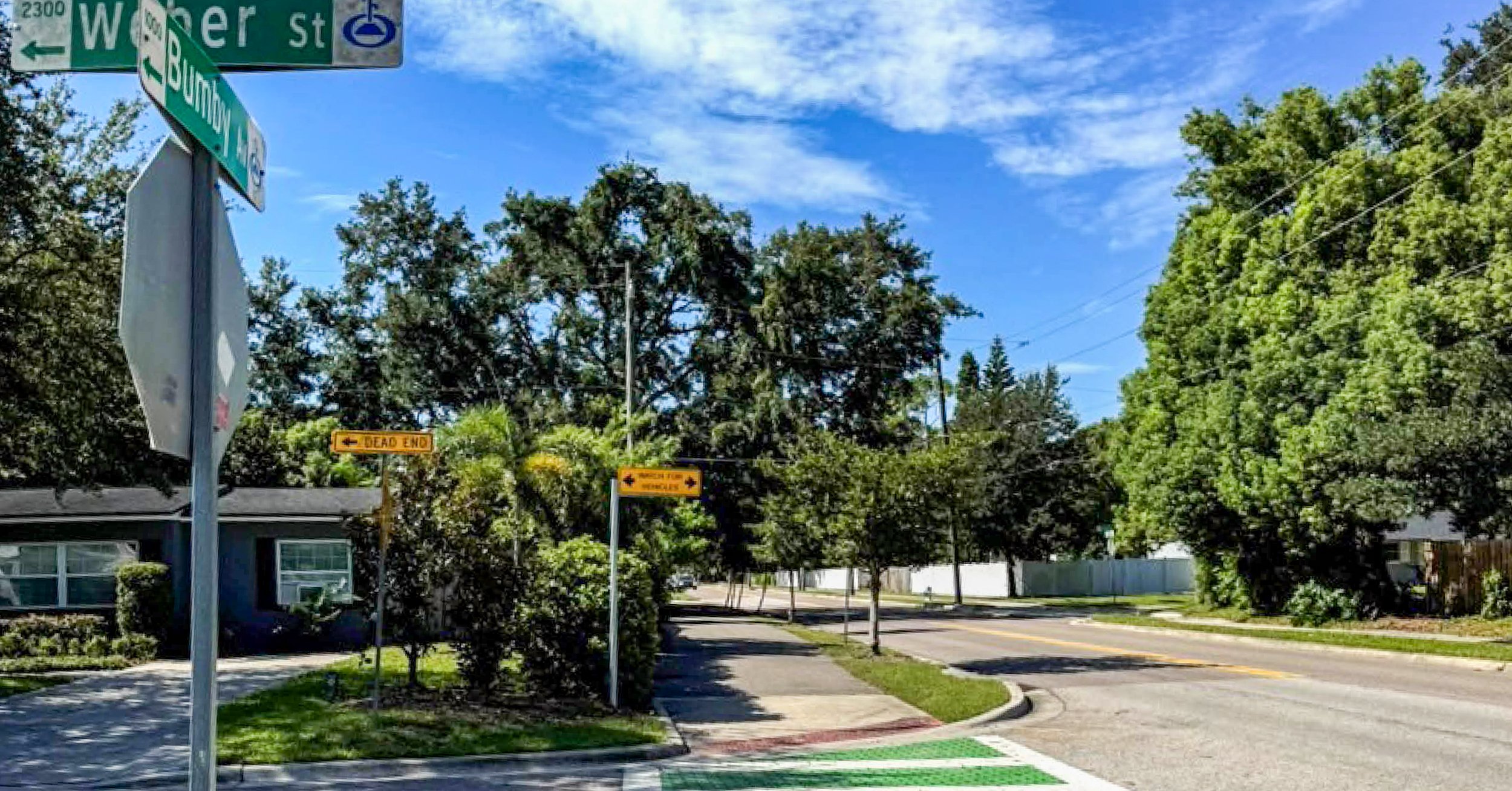DRMP’s innovative engineering is at the center of a proven life-saving initiative that has so far prevented more than 1,000 potential wrong-way driving incidents. The award-winning Central Florida Expressway Authority’s (CFX) Wrong-Way Driving Detection Program features the firm’s Intelligent Transportation Systems (ITS) design, which detects wrong-way drivers in real-time.
While wrong-way driving collisions account for only 3 percent of crashes, fatalities for these crashes can be up to 27 times higher than any other type of vehicular crash, according to a 2012 National Transportation Safety Board report, the latest statistic available.
DRMP Orlando Traffic Group Leader Nick DeVito, PE, who serves as Project Manager, led his team in designing wrong-way driving systems at 73 strategic sites throughout CFX’s roadway network at off-ramps and mainline from state roads 408, 414, 417, 429, 451 and 528 around the Orlando, Fla. region. DRMP is the foremost expert firm in wrong-way driving design and was recently selected to embark on the agency’s final contract to deploy the system across the remaining 29 sites on the CFX roadway network.
DeVito sat down with the firm’s corporate communications team to share insight on the wrong-way driving technology, its evolution over the years, and how the system’s design engineering benefits DRMP’s clients.
The Wrong-Way Driving Detection Program is such an important project.
How did it come about?
Inspired by a fatal wrong-way crash in 2012, CFX teamed with the University of Central Florida (UCF) to pilot a Wrong-Way Driving Detection program. DRMP was selected to provide design and post-design services for this pilot program (599-526A), which went on to win the 2016 Toll Excellence Award for Toll Operations, Engineering & Maintenance from International Bridge, Tunnel and Turnpike Association and the 2017 Honor Award in Engineering Excellence from the Florida Institute of Consulting Engineers.
Could you talk more about how the wrong-way driving technology works?
Yes, of course. Whenever a wrong-way driver is detected, the system emits a rapid flashing light on a prominent wrong-way sign that warns drivers they are headed in the wrong direction. This grabs the driver’s attention and at the same time, the system communicates with the Florida Department of Transportation’s (FDOT) District Five Regional Transportation Management Center (RTMC) to confirm the event within a six-second timeframe.
This, in turn, prompts personnel to notify and immediately send emergency responders to the scene of a wrong-way event. Messages are then immediately posted on nearby dynamic message signs alerting mainline drivers to proceed with caution when a wrong-way event is confirmed. Multiple safeguards are established to ensure safety and precaution against wrong-way incidents.
The pilot phase of the Wrong-Way Driving Detection Program began in 2015.
Nearly 10 years later, how has the system's technology changed?
Yes, technology improves all the time. For the first 19 sites, we used microwave radar technology for
detection. However, research and testing made us realize the technology wasn’t always feasible and wasn’t as accurate as it should be in some instances where roadway geometry didn’t meet the constraints. For the remaining 10 sites during Phase 1 of the program, we moved to laser-based technology to overcome the constraints and minimize false calls. Since that time, the system’s technology has evolved again.
Currently, we’re deploying thermal detection cameras based on heat signatures for Phase 2 of the Program, and now we’re looking to improve even more by testing LiDAR with the Phase 3 deployments. The LiDAR technology emits light that is bouncing back and creates a 3D point cloud of the object in real-time, which may prove to be the most accurate form of detection thus far. As LiDAR technology becomes more accessible, it is becoming more feasible in terms of cost, so it is a great choice.
Anytime a new system, like the Wrong-Way Driving Detection system, is up and running there could be challenges. What are some of those challenges, and how are they being resolved?
Minimizing maintenance costs is a challenge in some areas since the flashing beacon sign assemblies have to be as close to the edge of travel as possible while still meeting offset criteria in order to be most effective at grabbing the driver’s attention. This makes it susceptible to frequent damage by errant vehicles.
To overcome this challenge, we have refined the system over time to standardize the support assembly type to expedite procurement time and replacement. The layout has also been updated to remove all equipment cabinets and interior components from those poles and place them outside of the clear zone which is much less likely of errant vehicle damage.
We’ve discussed the technology for wrong-way driver prevention. Is there a way to proactively design roadways to reduce the number of wrong-way driver incidents?
It comes down to geometry in roadway design of both the interchange ramps and intersecting side street. Our interchange designers at DRMP are providing geometric designs that deter wrong-way movements. We’re also providing CFX with more in-depth insight into the factors that enable wrong-way movements and how those factors can be mitigated on our roadway capacity projects by employing countermeasures.
The Wrong-Way Driving Detection project has unique design technology. Is this technology beneficial to other clients outside of this project?
Definitely. We’ve gained so much knowledge from working on this project over the years that we’re starting to implement it at the FDOT district levels in resurfacing and widening projects and into other designs with FDOT and the State of Florida. Adding the wrong-way driving system into roadway projects has become the standard.
The Wrong-Way Driving Detection project is a heavy undertaking with a serious mission. I’m sure it has been satisfying working on such an important project.
It’s always exciting to take part in something from infancy to its final stage, and for this project, it means completing all 102 sites. There is a sense of accomplishment, knowing that we are decreasing the likelihood of a wrong-way driving event which in many cases results in a fatality. This project improves safety. It’s also an award-winning project, which is a benefit for our team, but also the industry as a whole recognizes the benefits.
















